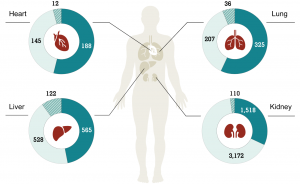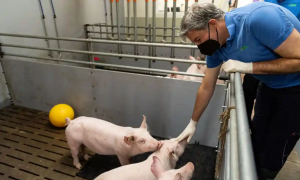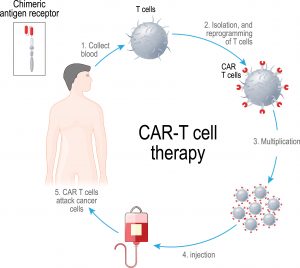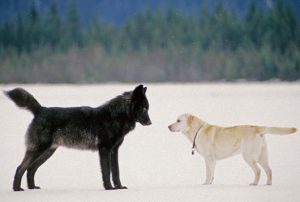Motivation
Caribou are critical indicator of forest heath, and they play important role in many places: they are important resource for indigenous people, prey species for many carnivores. However, recent years, there has been a decline in Caribou population.
I want to explore the effectiveness of habitat restoration as a caribou conservation strategy. Habitat restoration has been studied previously, but generally, I am still unsure of how impactful it really is because it is a long-term solution. Therefore, it is important to research this topic and discover whether or not habitat restoration is a strategy government should continue to use.
What is habitat restoration?
- Habitat restoration is the renewing and repairing of damaged or degraded habitats back to a more stable state. This involves physically going to sites of habitat destruction and manipulating the environment. An example would be positioning trees and branches to create barriers to reduce the sightlines of linear features.
- The main goal of habitat restoration is to reduce predator use of linear features like seismic lines and roads in hopes of reestablishing the predator-prey dynamics that caribou and wolves shared prior to human industrialization and exploration. As a result, the caribou population should be better conserved. (graph from MLR images Flickr)
Caribou population declines
During my research, we find that the primary cause of caribou population decline is the unstable predation of caribou which is caused by human-mediated changes to predator-prey dynamics. For example, Industrial exploration which is human-caused destruction impacts predation that impacts the caribou population.

source from Daniel images
Methods to insist caribou population
- Wildlife cameras planted in restored and unrestored areas; comparing the use of these linear features for caribou, bears, wolves, moose
- Overall prediction: less likely to use restored vs unrestored, increased response with increased treatment intensity
- GPS Collars to quantify individual animal use of restored vs unrestored lines
- Overall prediction: Restored areas used more than unrestored, effect increases with treatment intensity
Solution
After analyzing the cause of the decline, there are two main goals for habitat restoration reverse the effects that clear cut logging and pipeline Another goal is to promote a sustainable environment for caribous to live in without human intervention. These two ways will benefit to caribous population. But We need a large area and time scale to observe the response of caribous population levels to understand how changes in habitat use after habitat restoration treatment translate into increased survival rates of caribou.
Conclusion
Human activities have caused the destruction of many organisms. What we can do is stimulate the action of habitat restoration. However, the complexity of the ecosystem will cause limitations for habitat restoration. The near local communities opposed habitat restoration because of the impact on their daily life. In addition, high economic costs can be perceived as having a negative impact on the restoration process. Overall, there are pros and cons to habitat restoration but it is necessary for us to consider the best solution to address the consequences of human destruction.
——Chenyang Luo





 https://d2r55xnwy6nx47.cloudfront.net/uploads/2021/02/Brain-Noise_2560_Lede.jpg
https://d2r55xnwy6nx47.cloudfront.net/uploads/2021/02/Brain-Noise_2560_Lede.jpg https://i.guim.co.uk/img/media/e16e33bdce44e28c845484cf9b93efafbdcac570/0_171_5121_3073/master/5121.jpg?width=620&quality=45&auto=format&fit=max&dpr=2&s=1b96aff2315ed8ee9176c6908c50f57b
https://i.guim.co.uk/img/media/e16e33bdce44e28c845484cf9b93efafbdcac570/0_171_5121_3073/master/5121.jpg?width=620&quality=45&auto=format&fit=max&dpr=2&s=1b96aff2315ed8ee9176c6908c50f57b https://www.ncbi.nlm.nih.gov/pmc/articles/PMC4380153/figure/fig-1/
https://www.ncbi.nlm.nih.gov/pmc/articles/PMC4380153/figure/fig-1/

